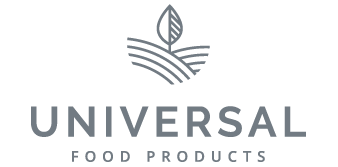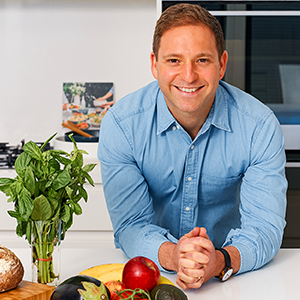Sugar is a dirty word these days. However, did you know that sugar, in the form of glucose, is the body’s preferential fuel source? In fact, our brains are primarily reliant on the sweet stuff. This does not mean that you have a free license to gorge on lollies, soft drink, chocolate, pastries or cakes. But there is no need to quit sugar altogether or to severely restrict your intake. The key is to get the balance right.
Too much sugar in one’s diet can cause obesity and tooth decay. The World Health Organisation updated its guidelines on sugar consumption in 2015 – it advises that we consume less than five teaspoons of added sugar a day (1). That excludes the natural sugars found in dairy products and fruit – both staple food groups in our diet. Here’s a guide to sugar and some alternatives in all their forms.
Sucrose
A.k.a. table sugar, sucrose is a disaccharide (double sugar) comprised of both glucose and fructose. It’s sucrose that you add to your tea, coffee and cake batter. Soft drinks, breakfast cereals and fruit drinks are high in this type of sugar. Cutting back on sucrose will do wonders for your waistline and your pearly whites.
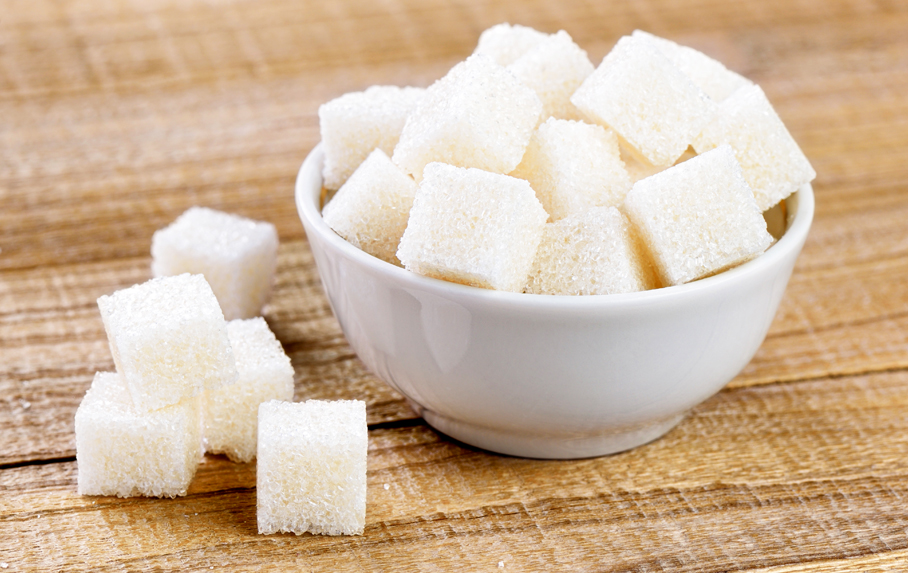
Glucose
Glucose is a single monosaccharide (single sugar) and our body’s preferred fuel source. It is rapidly absorbed into the bloodstream – its glycaemic index (GI) value is 100. Glucose is naturally found in some fruits and it is added to confectionary and sports drinks. There is no evidence to show that the ingestion of too much glucose, or even sucrose, can cause Diabetes (either Type 1 or Type 2). However, a risk factor for Type 2 Diabetes is being overweight. Too much sugar of any type in one’s diet can lead to weight gain and obesity.
Fructose
Fructose is much maligned these days. Some people blame fructose for the high rates of obesity and Type 2 Diabetes afflicting our nation. However, this is not the case. Contrary to popular belief, not all fructose is converted to fat by the liver. The majority of fructose is converted to glucose, which is then taken up by the muscular system and the brain, where it is used as an energy source. Fructose is naturally found in honey, apples, pears, watermelon, asparagus, garlic and onions. Fructose has a low GI value, so it is a long-lasting source of energy.
Lactose
Lactose is a disaccharide naturally found in dairy products e.g. yoghurt, milk, ice cream and custard. Lactose is comprised of glucose and galactose. It has a low GI value so dairy foods are a wonderful option for diabetics. Those with lactose intolerance may be unable to tolerate large amounts of dairy foods, however there are several lactose free milks, yoghurts and ice creams now available. It is important to note that cheese is naturally lactose-free.
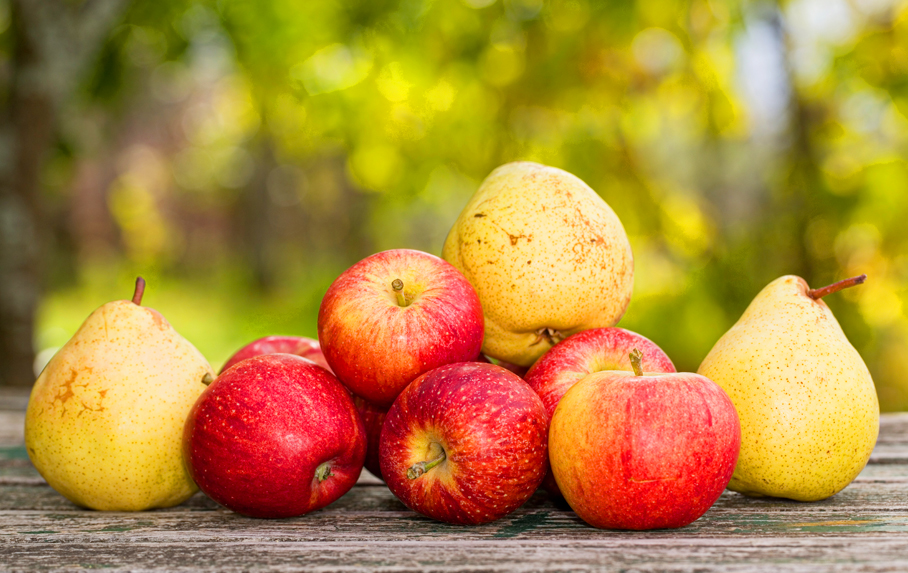
Agave Syrup
Agave syrup is derived from the Agave plant in Mexico. It is a very concentrated source of fructose and is much sweeter than regular table sugar. Claimed to be a health food, its vitamin and mineral content is relatively low and it should only be used in moderation.
Rice Malt Syrup
Claimed by some to be a healthy sugar, rice malt syrup is about as healthy as Agave syrup and honey. In fact, it is has a very high GI value, meaning its sugar content is absorbed into the bloodstream rapidly. As with other rich sources of sugar, its use should be moderated.
Too much sugar in one’s diet can cause obesity and tooth decay.
Artificial Sweeteners
Artificial sweeteners are food additives that provide a sweet taste, but without the calories. Many diet products such as diabetic lollies, jellies, diet drinks, cordials, yoghurts, chewing gum and low calorie desserts are beefed up with artificial sweeteners to mimic the taste of their high sugar and high calorie alternatives. Artificial sweeteners have been used for decades and many dispute the claim that they are a healthier alternative to regular sugar.
However, recent conclusions from a number of studies found that there is no evidence that sweetener consumption is carcinogenic or can lead to birth defects. Also, sweeteners do not lead to insulin secretion or increase one’s risk of developing diabetes. The evidence shows that the amount of artificial sweetener currently being consumed in the Australian diet is safe (2). Until the evidence disputes this, these sugar substitutes needn’t be feared.
Stevia
The Stevia plant is about 300 times sweeter than sugar, its calorie-free and it has very little effect on blood glucose levels. Stevia’s use has become more widespread over the past several years. Some confectionary companies and frozen yoghurt shops are incorporating stevia in their recipes. It also works well in home-baked muffin and cake recipes. Stevia doesn’t have any kilojoules and it’s not going to affect our blood sugar levels, so it’s a much better option than sugar. If you’re after a low-calorie sweetener, it’s a pretty sweet option.
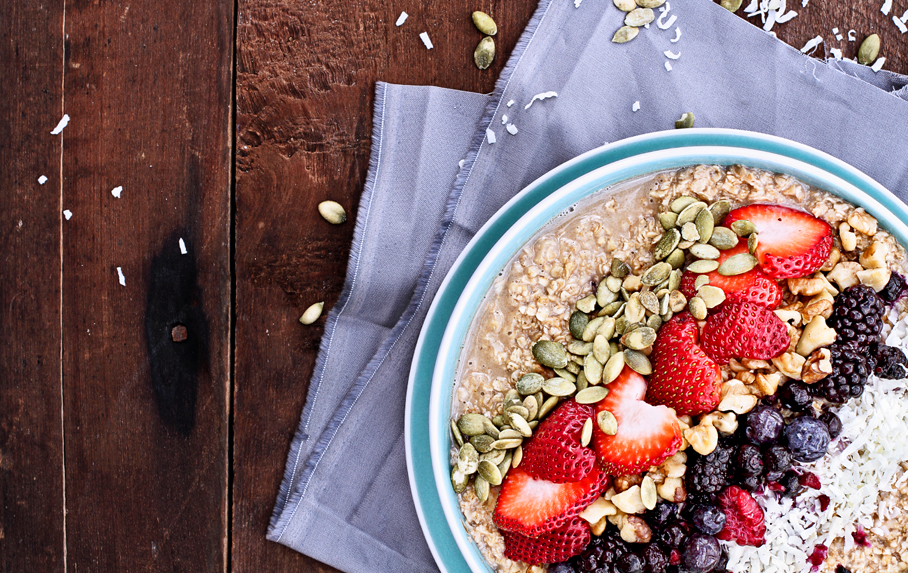
While sugar cannot be solely blamed for our obesity epidemic, it is clear that we need to reduce our collective intake of the sweet stuff. There is general consensus among health professionals that we should be consuming less soft drinks, lollies, chocolate, pastries and cakes as well as fruit juice. However, stevia and other sweeteners offer a sweet alternative, minus the sugar and calories. Meanwhile, cutting out fruit, dairy products and many wholegrains is unnecessary. You don’t need me to tell you that fruit is a healthier alternative to a bag of lollies. After all, an apple a day keeps the doctor away…
Easy diet tweaks to lower your sugar intake:
• Eat wholefoods
• Opt for water or milk as your drink of choice
• Opt for Nuvia stevia in your tea or coffee or try baking with it
• Eat your fruit rather than drink it
• Reduce your intake of lollies, sweet biscuits, cordials, chocolate
• Opt for cereals with less than 15g sugar per 100g
• Beware of refined sugar free labels – this is marketing spin at its best!



